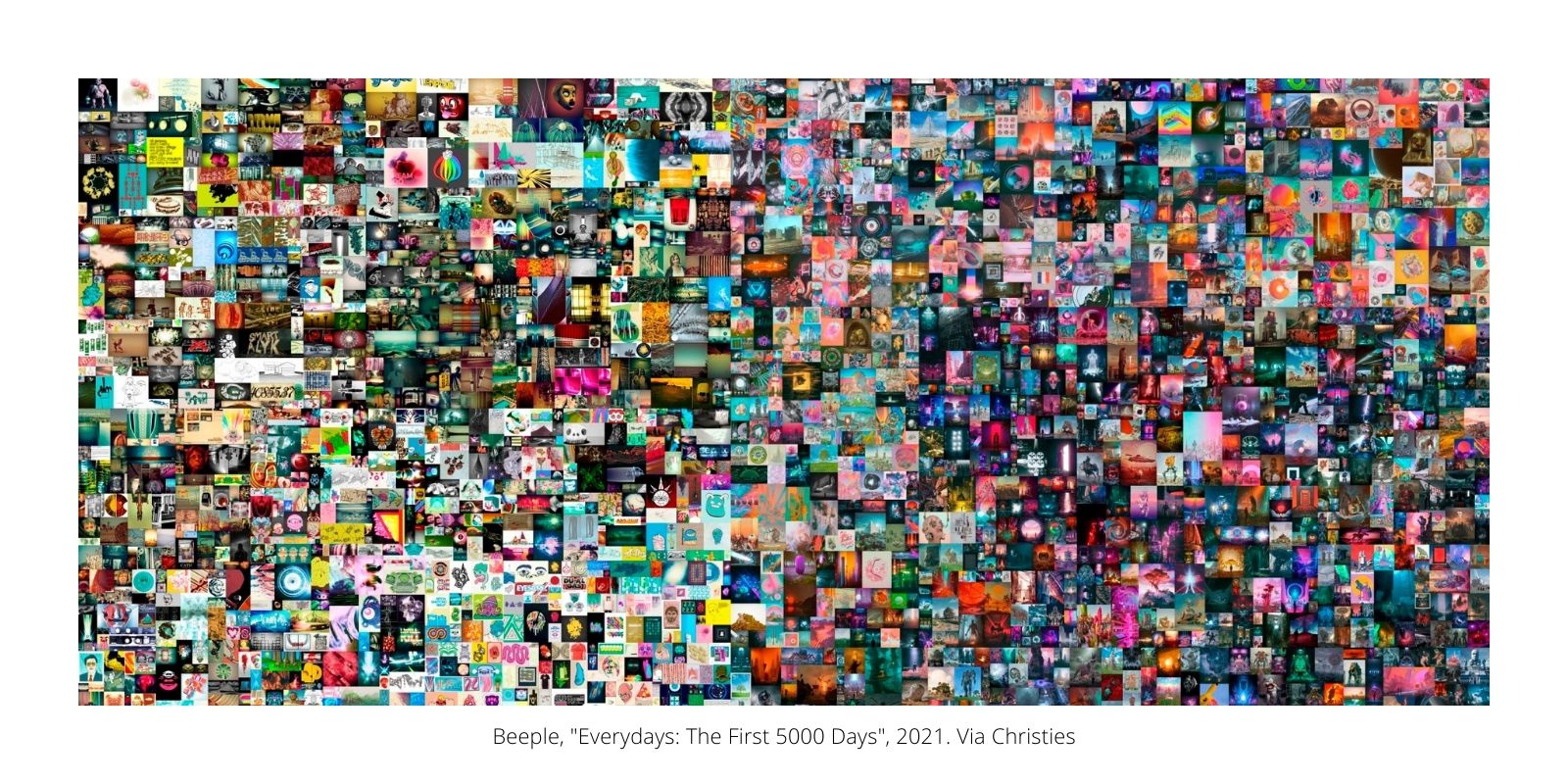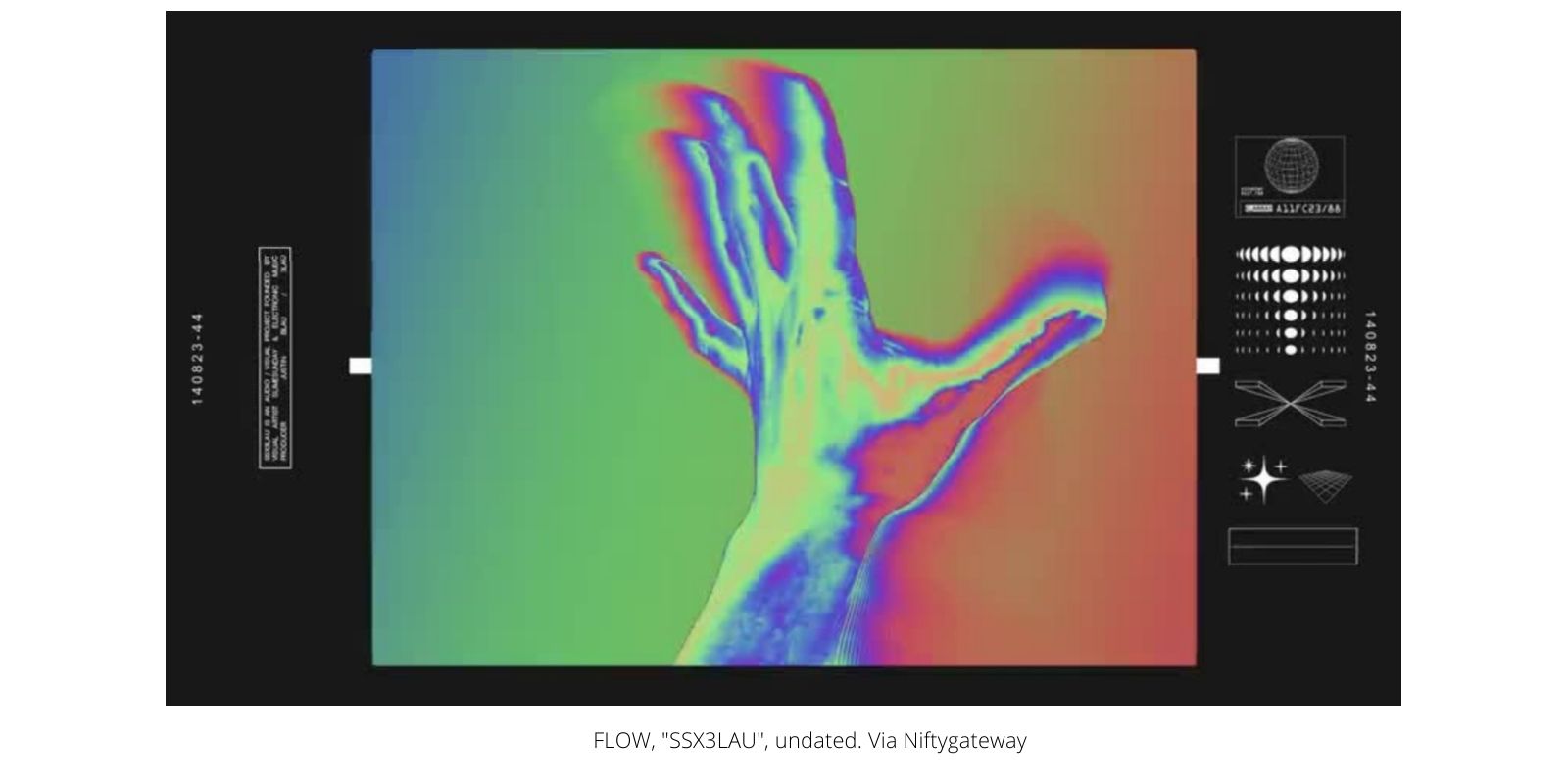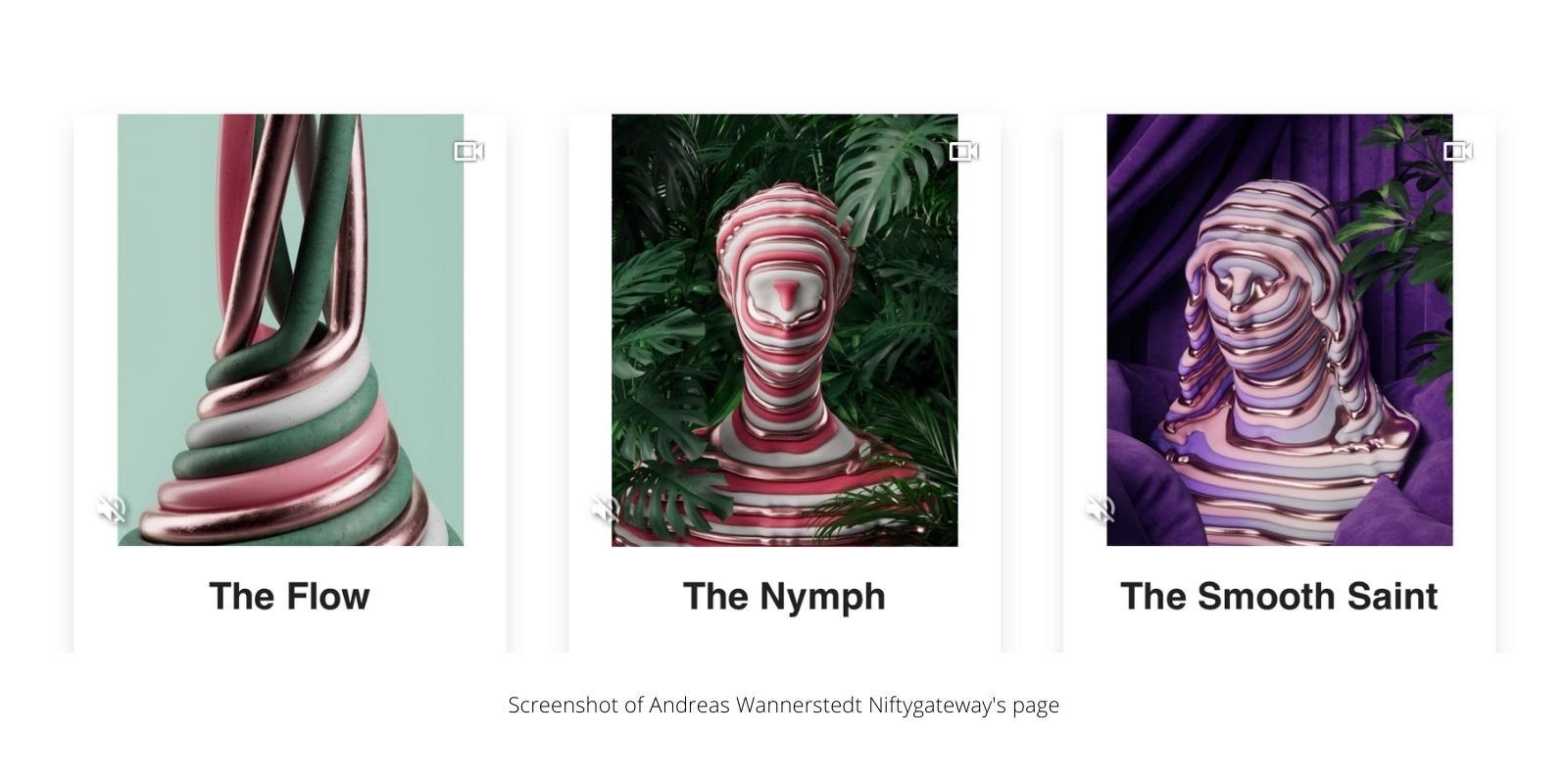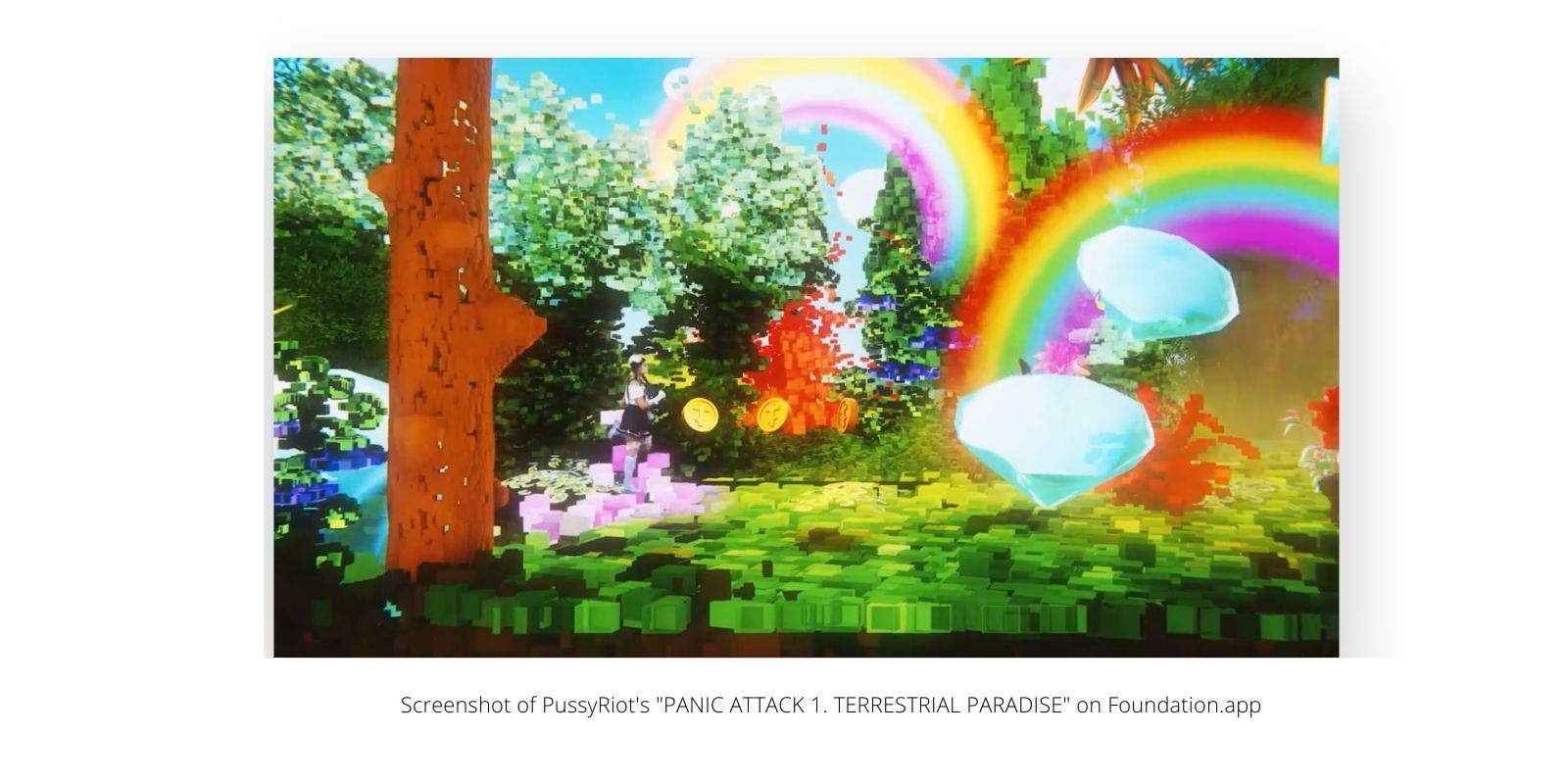NFTs storming the Art Market | Collecting NFTs: Authenticity, Investment and Appreciation
The application of NFTs to digital art, or non-fungible tokens, continues to be the latest buzz word in the art world. While digital art is not a new concept as such, NFTs present an opportunity for digital artists to monetise their work, which was almost impossible before (a topic we explore here). Now we turn to asking what it means to buy and own digital art.
It is crucial to start this conversation by highlighting the uniqueness of owning digital art executed as an NFT. If you are used to buying traditional art, you will know that part of its value derives from the uniqueness and the rarity of that specific piece, similar to any other rare object such as jewelry, antiques, or even fine wines. Owning an original Picasso painting is not something that you can find in every living room. But digital art is spread all over the internet, and an image or video copy can be seen on any phone, laptop, or other display without limit on its scarcity.

By generating a digital artwork as an NFT, it is possible to ensure and validate its authenticity and uniqueness. In that sense, it is not different from a traditional art form. You can have a picture of a Picasso painting on your phone, but it is not the same thing, right? Authenticity is incredibly important not just for the art world, but for any creative field.We respect the creators, and this is something to admire about how the technology underlying the NFT provides a new way of giving recognition to digital artists. Collecting NFTs is then about respecting ownership and valuing artistic practice.

"The point of owning a piece of art is to look at it and enjoy it – and buying an NFT doesn't do anything to help you do that. An NFT is just an entry in a fancy database somewhere asserting that you 'own' the artwork. The only thing it's good for is allowing you to sell on that database entry to someone else later on."
- V Buckenham, London-based digital artist
It is impossible not to talk about how NFTs are fetching high prices. To us, it seems that a big driver of this price increase is speculation: the speculation around the value of the future of NFTs and the increasing importance of digital art. This speculation is already inherently controversial because we are tying the value of money to the value of art. As this art form's value is not yet fully defined for its aesthetic and historical significance, linking its value with the assigned price tag can delegitimise the possibility of digital art becoming recognised as Fine Art. 
The ideal way to enjoy most art is not through a screen. At least not for the majority of today’s private collectors. The context in which this screen is placed plays a big role in our willingness to look at it. Ultimately art belongs in the medium intended by the artist - to derive expressive value from it - and the execution and technique are fundamental to how the aesthetics of the artwork is perceived. Art may be intended for a digital screen, and will be judged on its artistic value and merit from this choice.

"You don't buy NFTs for art appreciation"
– Making It Up Podcast, Ep. 156
Some say NFTs are democratising art and that it is the future. However, an important element of democratising digital art is to open more digital art-focused institutions because this is where people will genuinely dive into the mindset of appreciating this art.
So far, we have reflected on the conceptual implications of buying NFTs. But what does it mean practically to buy an NFT? What do you get? This is something we will explore in our next article - stay tuned.









